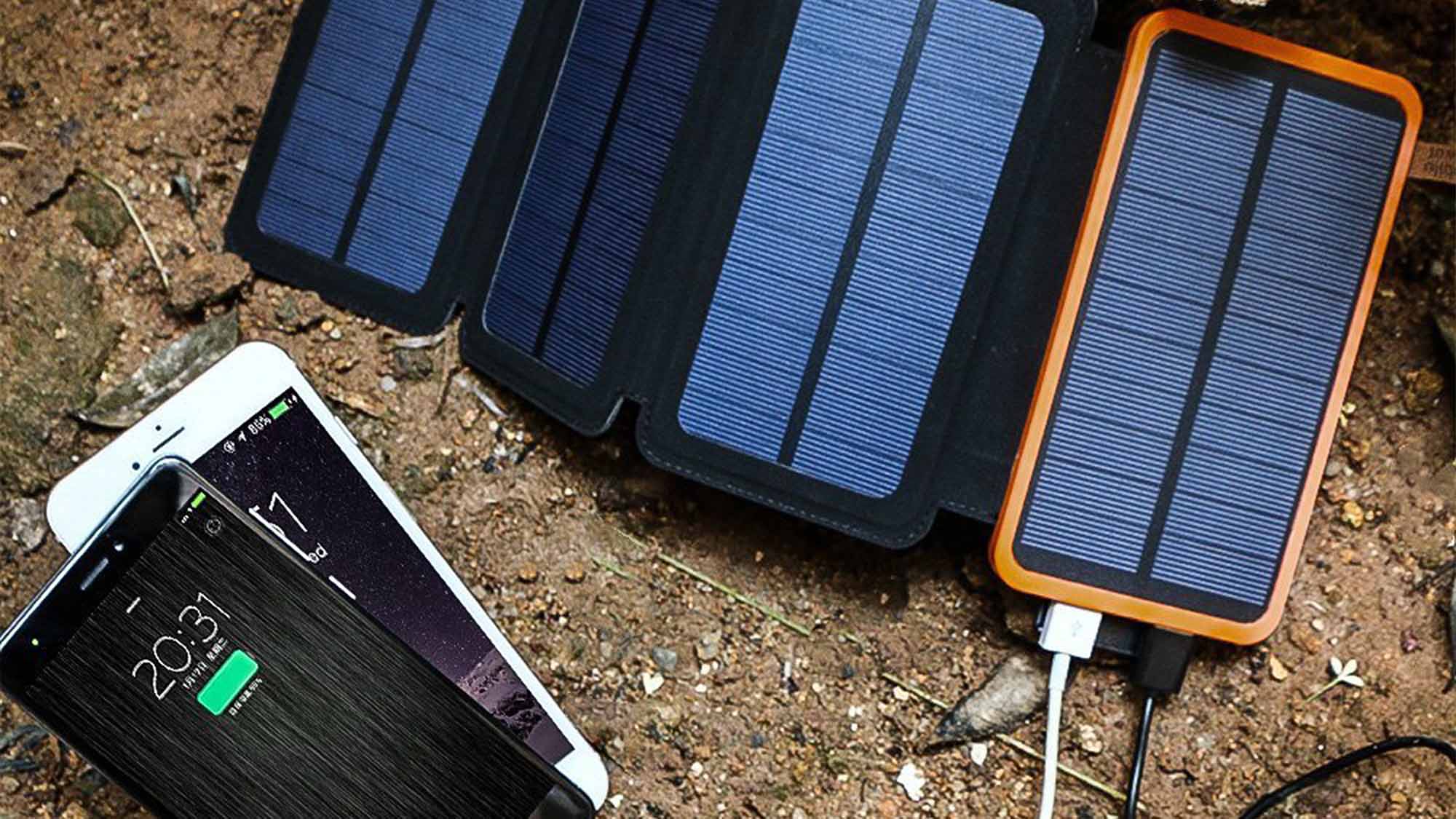Why Solar Lighting Matters in Survival
When the power grid fails, light becomes more than a convenience—it’s a survival necessity. During blackouts, natural disasters, or off-grid living, solar-powered emergency lights can provide consistent, renewable illumination. These lights convert sunlight into stored energy, ensuring that you’re never left in the dark when electricity isn’t available.
As Treehugger explains, solar lights “absorb the sun’s energy during the day and store it in a battery that can generate light once darkness falls.” This self-sufficient system makes solar lighting one of the most reliable options for emergency preparedness and sustainable living.
How Solar-Powered Emergency Lights Work
At the core, every solar light includes a photovoltaic (PV) panel, battery, LED light, and a control circuit. The solar panel converts sunlight into electricity, stored in the battery during the day, and released at night to power LEDs.
Studies on off-grid energy systems have shown their resilience in disasters. According to ScienceDirect, “remote power units for off-grid lighting and urban resilience” can provide continuous illumination even during widespread power failures.
Battery technology matters as well—lithium-ion and LiFePO₄ batteries offer higher charge efficiency and longer cycle life. A study published on ResearchGate discusses the development of portable solar lamps using thin-film solar cells, ideal for field deployment or emergency kits.

Key Features to Look For in Off-Grid Solar Emergency Lights
When shopping for a reliable solar emergency light, several key specifications determine how well it will perform off-grid:
l Brightness and Runtime: Look for units with balanced output (150–500 lumens) and extended battery runtime—at least 8 hours per charge.
l Solar Panel Efficiency: Panel wattage determines how quickly a battery recharges. As ScienceDirect notes, solar energy “acts as a vital emergency solution to electricity access in resource-limited environments.”
l Durability and Weather Resistance: Rugged construction is essential. According to Beyond Solar, off-grid lighting systems designed for cold or harsh weather require components resistant to moisture, impact, and UV damage.
l Portability and Multi-Functionality: Lights that double as USB chargers or feature detachable lamps offer flexibility in survival scenarios.
Choosing a model with these features ensures your system remains functional through long emergencies or extended outdoor operations.
Solar Lighting in Different Survival Scenarios
Solar-powered lighting plays a role in many emergency contexts:
l Natural Disasters: Hurricanes, earthquakes, and grid collapses leave cities in darkness. A solar lantern ensures visibility in shelters or evacuation zones. As EngoPlanet highlights, solar street lighting is critical in disaster recovery efforts worldwide.
l Off-Grid Living & Camping: For extended wilderness stays, reliable solar floodlights provide campsite safety and night visibility. A ResearchGate study found that modern solar-LED systems can run autonomously for long periods using efficient embedded controllers.
l Urban Security: In blackouts or civil unrest, motion-sensor solar lights offer low-profile safety and illumination without drawing attention.
l Emergency Signaling: Multi-mode lights can flash distress beacons, helping rescuers locate survivors in remote areas.
In all these cases, solar lighting offers one powerful advantage—complete independence from the electrical grid.
Comparing Solar Lighting Types: Lanterns, Floodlights, and Motion Sensors
Different survival needs require different light forms:
l Lanterns: Ideal for tents and shelters, offering portable 360° light. Compact and reliable for personal use.
l Floodlights: Bright and area-covering, best for outdoor perimeter lighting or group use. Require larger batteries.
l Motion-Sensor Lights: Great for conserving energy—only activate when movement is detected. Useful for security perimeters or off-grid cabins.
For step-by-step DIY examples of how off-grid solar lighting setups work, Instructables offers detailed guides to build and maintain your own emergency light systems. Combining multiple types—lantern + floodlight + motion sensor—creates a complete off-grid lighting ecosystem.
Maintenance and Future of Solar Emergency Lighting
To ensure long-term reliability:
l Clean solar panels regularly to prevent dust buildup.
l Cycle batteries monthly to maintain charge capacity.
l Store lights partially charged (around 50%) if unused for long periods.
As off-grid living becomes more popular, the technology continues to advance. Thin-film solar cells, solid-state batteries, and smart controllers are improving efficiency and durability. A report from AP News emphasizes that small-scale solar systems are transforming access to electricity in remote areas, proving their resilience and scalability.
Solar emergency lighting isn’t just for survivalists—it’s becoming a pillar of sustainable living, providing autonomy and security wherever you are.

Solar-powered emergency lights combine self-reliance, sustainability, and safety. Whether you’re preparing for disaster scenarios, living off the grid, or simply improving your home’s resilience, they provide a renewable and maintenance-light solution for critical illumination.
By understanding the key features, installation methods, and care practices, anyone can make solar lighting a dependable part of their survival strategy. When the grid fails, these lights ensure you’ll never be left in the dark again.




Share:
Best Solar Power Banks for Doomsday and Off-Grid Survival
How to Choose the Right Power Bank for Your Bug-Out Bag